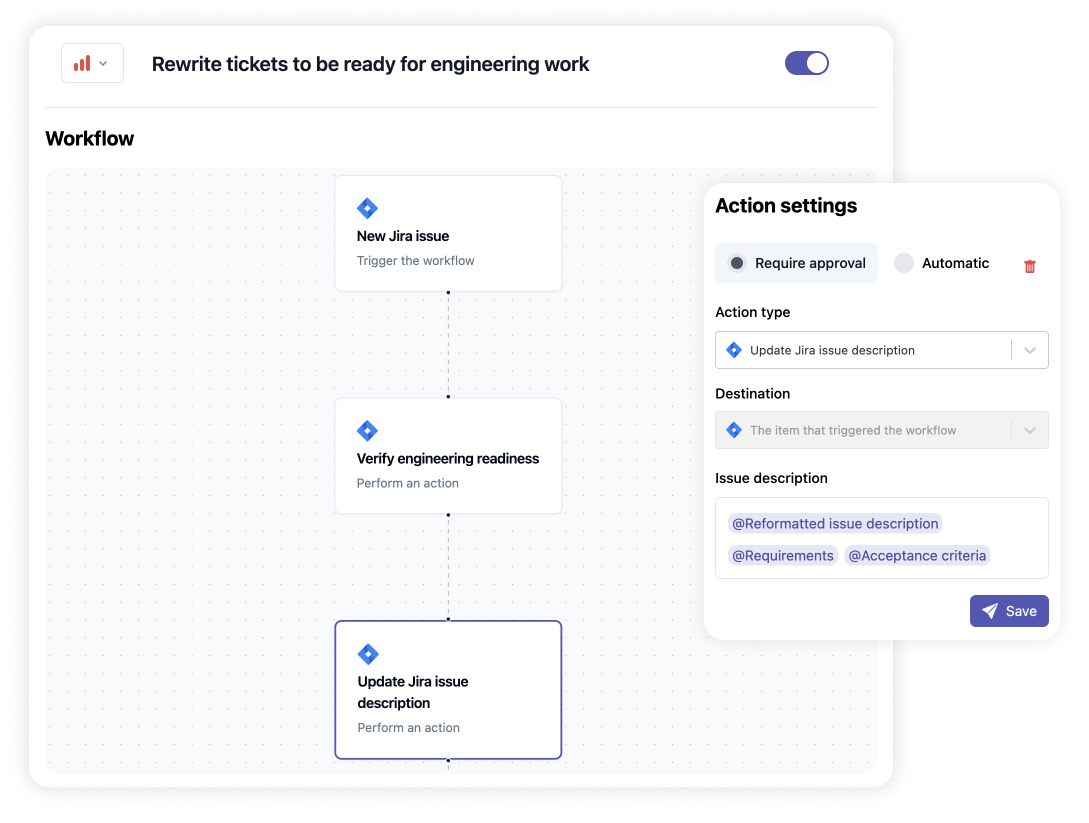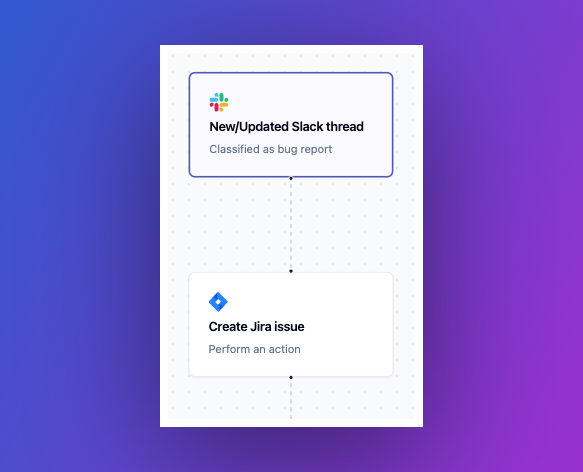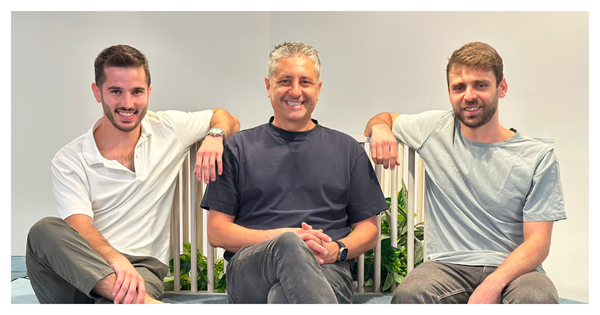Bridging the gap between engineering and product teams

In many companies, there’s often a communication gap between engineering and everyone else in the business.
One study by the Economist Intelligence Unit found that ineffective communication can cost organizations up to 25% of their annual revenue. Another study by Project Management Institute (PMI) revealed that US$75 million is at risk for every US$1 billion spent on a project.
Effective collaboration between engineering and product teams is crucial for delivering high-quality products. However, these teams often work in silos, leading to misunderstandings, delays, and inefficiencies.
Let's face it, product development isn't always sunshine and rainbows. There are always bumps in the road, especially when communication between product and engineering teams isn't optimal. So why does the gap occur and what can we do to solve it?
Here are some familiar scenarios that cause friction, along with solutions to create smoother workflows.
Tickets that are not ready for engineers to take it

One common challenge faced by engineering and product teams is the handoff process of tickets from product to engineering. Often, tickets are not well-defined or lack crucial information, such as requirements or acceptance criteria, leading to delays and rework.
Solution: Implement a ticket template that includes fields for detailed requirements, acceptance criteria, and links to relevant design documents. This template should be filled out by the product team before the ticket is handed off to engineering. Additionally, you can build an automatic workflow to make sure all tickets are ready for engineering work using Kypso.
Scope changes after the work has begun
Product manager writes ticket with requirements Engineer starts work After 2 weeks, the product manager changes the requirements and notifies the engineer in a meeting "I thought we agreed on these requirements. Why are we changing them now?" - Engineer
Another challenge in product development is the changing scope of features after engineers have started working on them. This can lead to confusion and delays as teams struggle to adapt to new requirements, or defending their existing work.
Solution: Adopt an agile approach to development, with regular sprint planning meetings where the product and engineering teams can discuss and prioritize tasks based on changing requirements.
Bug reports that are getting lost in Slack

A common issue faced by engineering teams is the management of bugs reported in Slack messages, which can easily get lost in the shuffle of daily conversations and updates. Just imagine a Slack channel filled with bug reports, status updates, normal day-to-day chats - it’s easy to lose important messages.
Solution: Implement a workflow that automatically creates tickets in your preferred task management system from Slack. You can use solutions like Zapier, Make or Kypso.
Product manager unaware of engineering progress
"We haven't heard anything about this feature in weeks. What's the status?" - Product Manager
It's essential for product managers to stay informed about the progress of engineering work to manage expectations effectively, and to communicate progress to customers. Often, product managers find themselves repeatedly messaging team leaders or engineers to ask for status of tasks.
Solution: Establish a defined workflow for ticket updates and set up daily/weekly sync meetings to help the product managers stay on track. Furthermore, you can have your engineers posting progress updates on Slack - either manually or automatically.
Bridging the gap between engineering and product teams is essential for building successful software products. By implementing structured communication processes. automating repetitive work and ensuring clear criteria for feature readiness, teams can work together more effectively to deliver high-quality products that meet customer needs.




